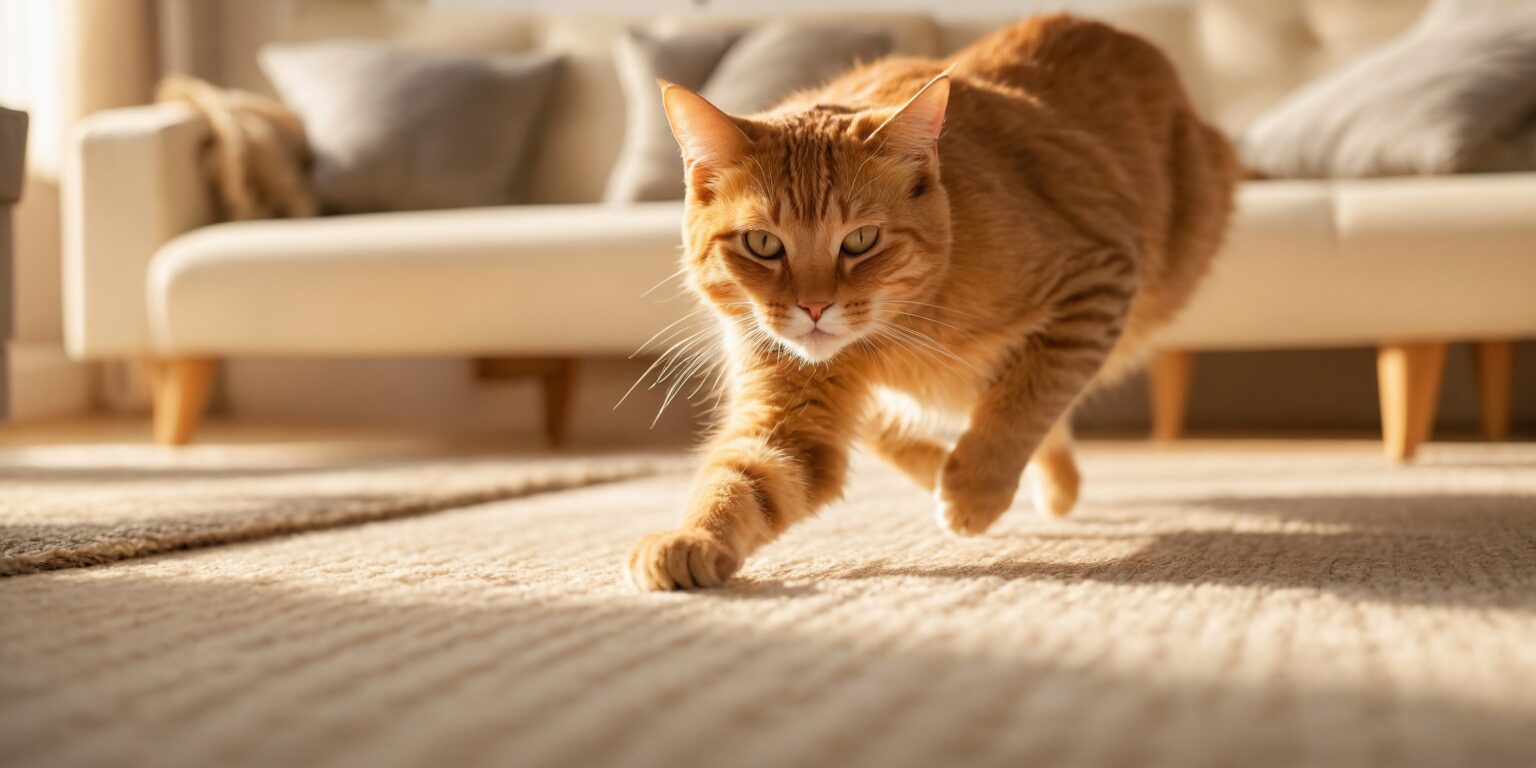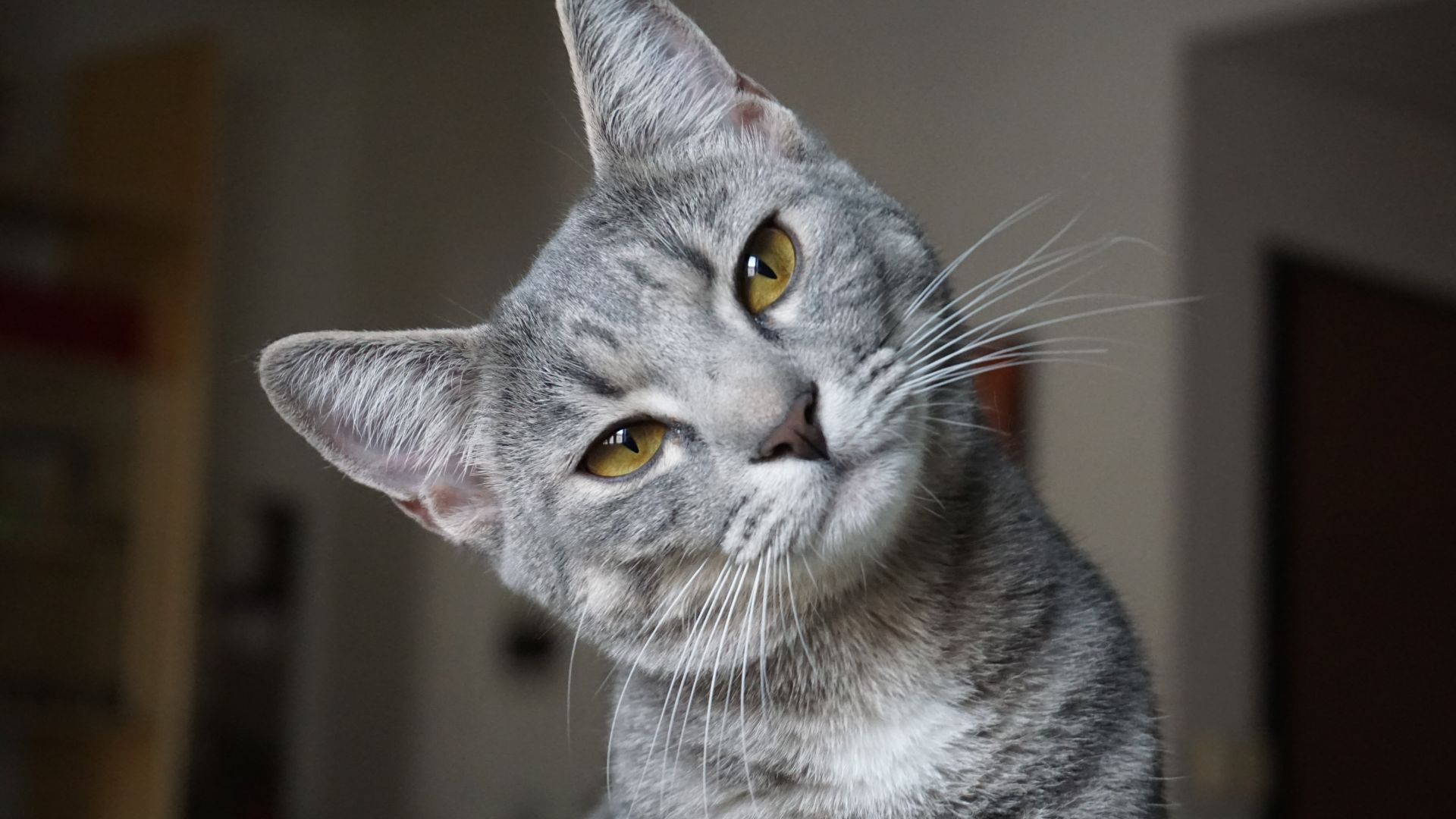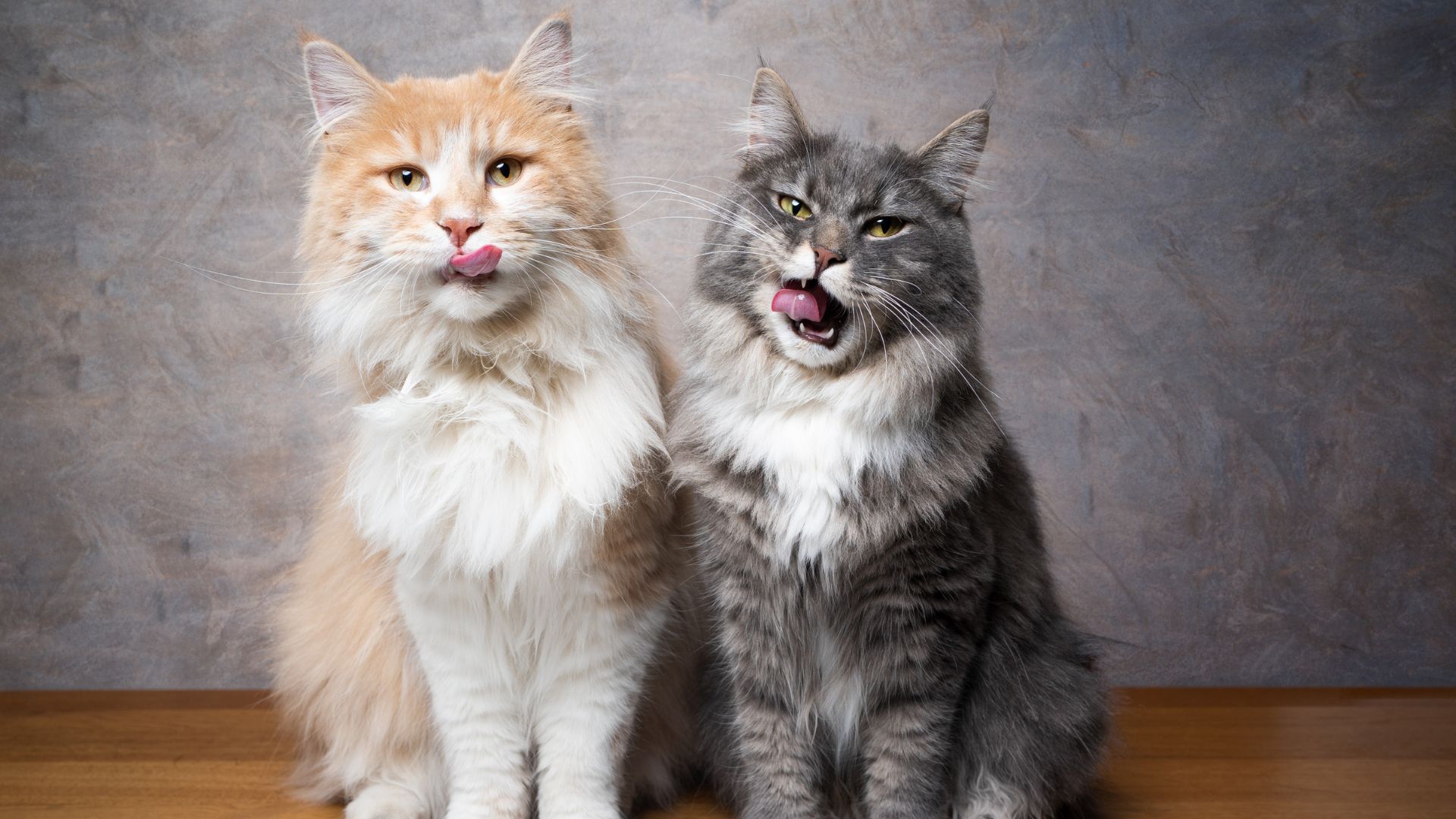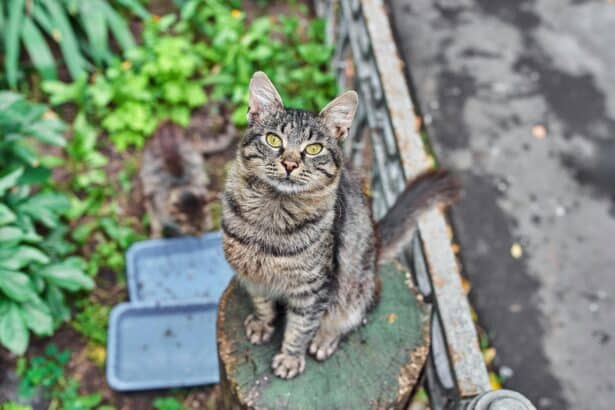Playing with tails: a natural cat behavior
Why do cats play with their tails? Picture your little acrobat spinning like a tiny tornado, eyes wide, tail flicking—adorable, right? This playful ritual is rooted in instinct and emotion, not just a random quirk.
- Playing with tails: a natural cat behavior
- Is it boredom or stress?
- Five real reasons your cat plays with their tail
- A playful cure for boredom
- A natural predator at work
- A gentle way to get your attention
- Relieving irritation or discomfort
- Pure joy—because life is good
- How to respond with care
- FAQ: Why do cats play with their tails?
Want to decode tail language beyond play? Take a peek at why cats wag their tails to read what each swish might be saying.
Hunting practice in disguise
To your cat, that tail can look like prey on the move. Chasing it keeps their reflexes sharp, their body agile, and their mind engaged—exactly what nature designed them to do.
Kittens, especially, use tail-chasing as a mini hunting drill. Pounce, grab, release, repeat—the perfect recipe for coordination and confidence.
- Short bursts of play sharpen reaction time.
- Spinning builds core strength and balance.
- Self-directed play helps when you’re busy.
Essential for kittens—and still fun for adults
From a few weeks old, kittens rehearse predation by ambushing anything that moves, tails included. The habit can stick into adulthood because it’s rewarding and safe.
Fun fact: a cat’s tail is packed with tiny vertebrae—often around twenty—giving it remarkable flexibility and control for balance and communication.
Sometimes, it’s a message
Play can be a talkative mood. Tail-chasing may signal excitement, a burst of energy, or a polite “your turn!” My cat, Simba, does a joyful spin the second I get home—it’s his cute way of inviting a play session.
Is it boredom or stress?
Spotting boredom
If tail-chasing feels frequent and frantic, your cat might be bored. Look for a sleepy day followed by hyper evenings, sudden zoomies, or mischief missions.
- More naps than usual, then restless bursts.
- Random meows without clear reasons.
- Over-scratching furniture or knocking things down.
Refresh their routine with puzzle feeders, climbing spots, and scheduled play. Not sure which toys spark joy? Here’s how to choose the best interactive cat toys.
Recognizing stress signals
Sometimes tail play is tension relief. If it looks obsessive or your cat seems on edge, check for stress markers.
- Overgrooming or thinning fur on a spot.
- Sudden mood changes or hiding.
- Unusual irritability or swatting.
Need a gentle checklist? These signs of stress in cats can help you spot what’s going on and soothe sooner.
When to worry
If your cat bites or injures their tail, growls while chasing, or can’t be redirected, call your vet. Pain, skin irritation, or even a behavioral disorder can hide behind the game.
Five real reasons your cat plays with their tail
A playful cure for boredom
It’s entertainment on demand. Tail-chasing breaks up a quiet day and adds a quick rush of fun. Your move? Schedule two short play dates daily—consistency beats marathon sessions.
Practical tip: Try a “hunt break.” Toss 5–7 kibble across the room in different directions so your cat sniffs, tracks, and pounces. It’s a mini mission that redirects tail-chasing into rewarding foraging.
A natural predator at work
Cats are born hunters; movement triggers instinct. A twitching tail is irresistible because it mimics prey. Encourage the instinct with toys that glide, hide, or flutter.
Curious about other quirky “why do they do that?” moments? Here’s why cats scratch the floor.
A gentle way to get your attention
Some cats play with their tails when you’re nearby because, well, it works. You look, you smile, you engage—success! If your cat “performs,” reward with a short game or a cuddle.
Common mistake to avoid: Don’t swat, grab, or pull the tail to stop the behavior. It can hurt (their tail is part of the spine) and increase stress. Redirect with a toy instead.
Relieving irritation or discomfort
Occasionally, it’s about a tickle—not emotions. Fleas, small wounds, or sore skin can make the tail a target. Do a quick check for redness, flakes, or parasites.
- Run fingers gently along the tail to spot bumps.
- Part the fur to check the base and tip.
- Consult your vet if licking or biting persists.
Pure joy—because life is good
After a good meal or cuddle, a little spin can simply celebrate a happy mood. Some tailless breeds do a similar “rump spin,” proving the feeling matters more than the tail itself.
How to respond with care
Observe, smile, and offer a safer outlet. Keep short, daily play sessions, end with a catch or treat to avoid frustration, and rotate toys weekly to keep things fresh.
Surprising nugget: Cats often finish a successful “hunt” with grooming—that calm, satisfied wash is a built‑in cool down.
Quick safety checklist
- Clip claws regularly to prevent accidental tail scratches.
- Provide scratching posts and climbing options to burn energy.
- Use soft wand toys; retire frayed strings to avoid swallowing.
Want to read more tail talk and mood clues? Explore what your cat’s tail movements mean to better understand their signals.
FAQ: Why do cats play with their tails?
Is it normal for adult cats to chase their tails?
Yes. It can be instinct, a burst of energy, or a playful way to get your attention.
How do I tell playful spins from stress or pain?
Play looks relaxed and brief; stress looks tense, repetitive, or includes tail biting. If in doubt, consult your vet.
Should I stop my cat if they play too roughly?
Redirect calmly with a wand toy or food puzzle. Avoid grabbing the tail—offer a safer outlet instead.
What can I do to reduce tail-chasing?
Schedule two daily play sessions, add vertical spaces, and rotate toys weekly. Puzzle feeders also help channel energy.








